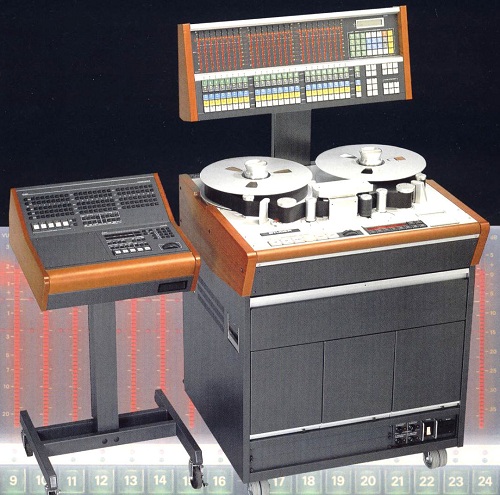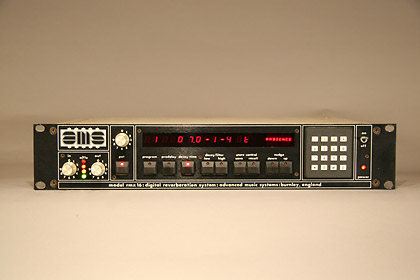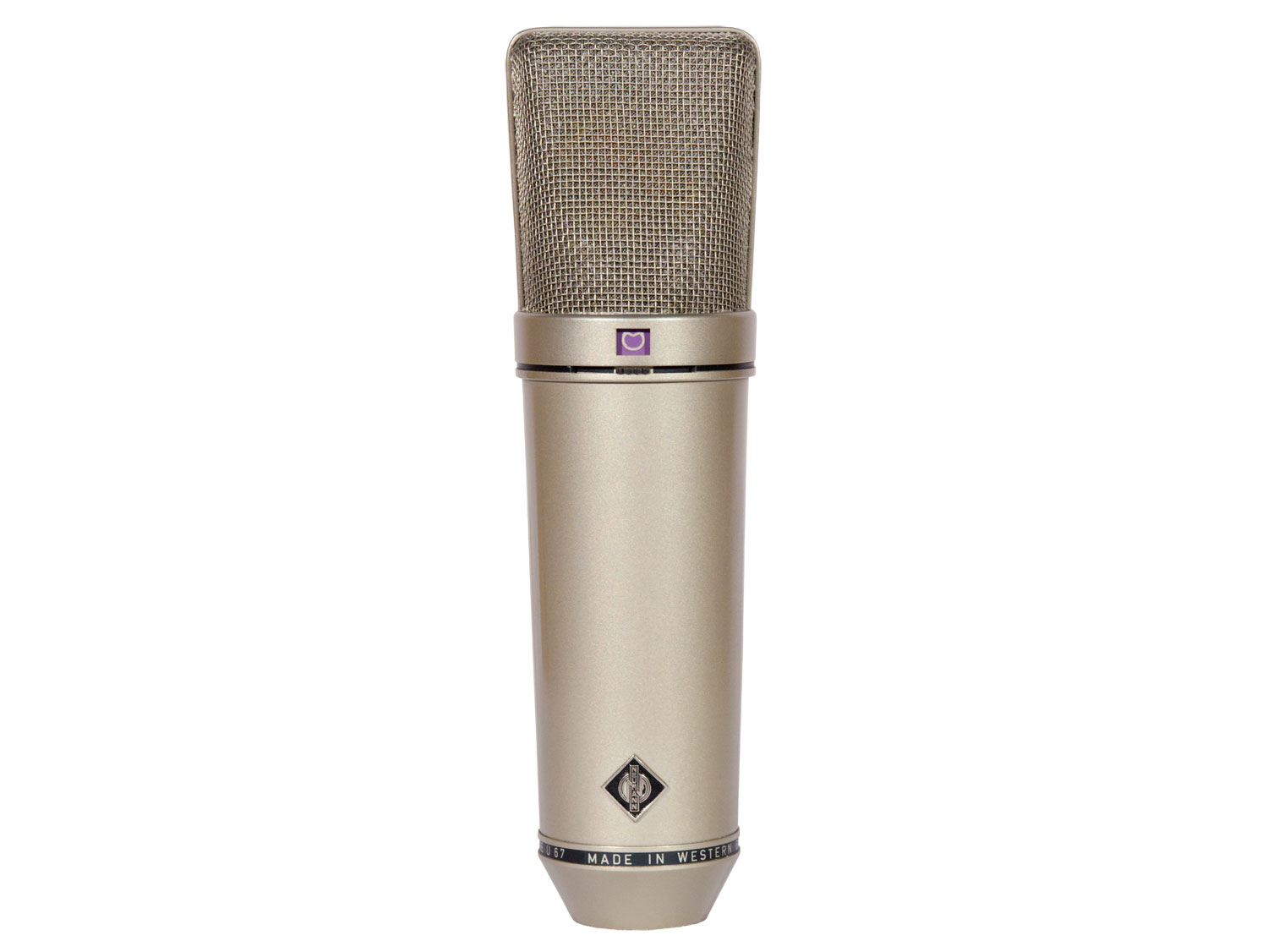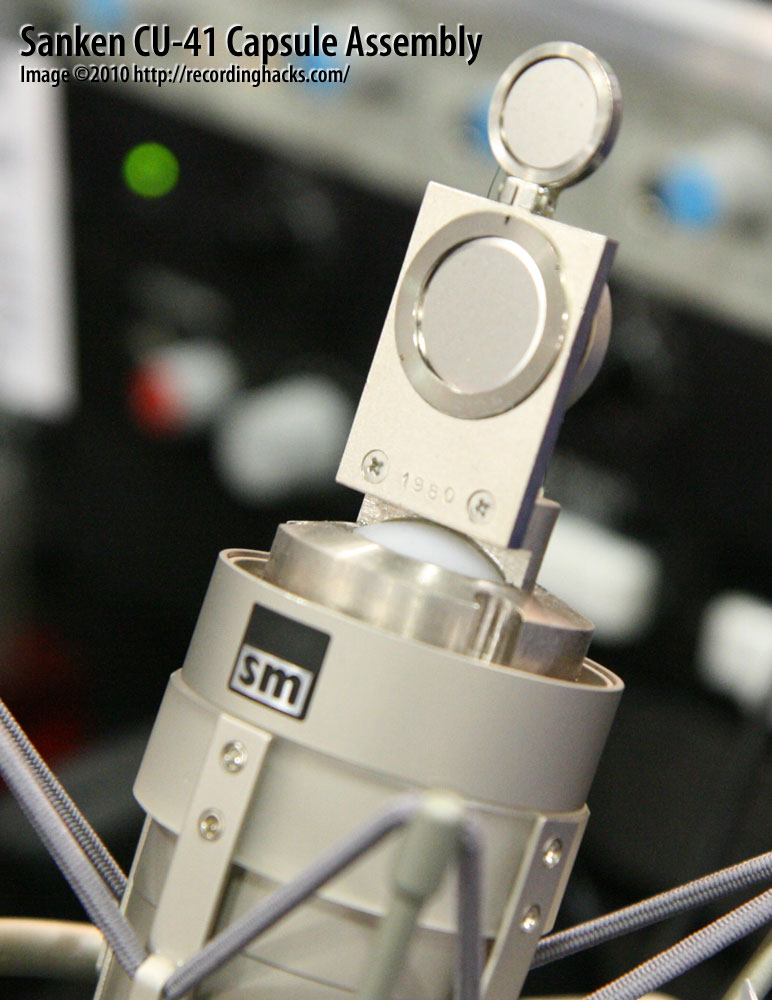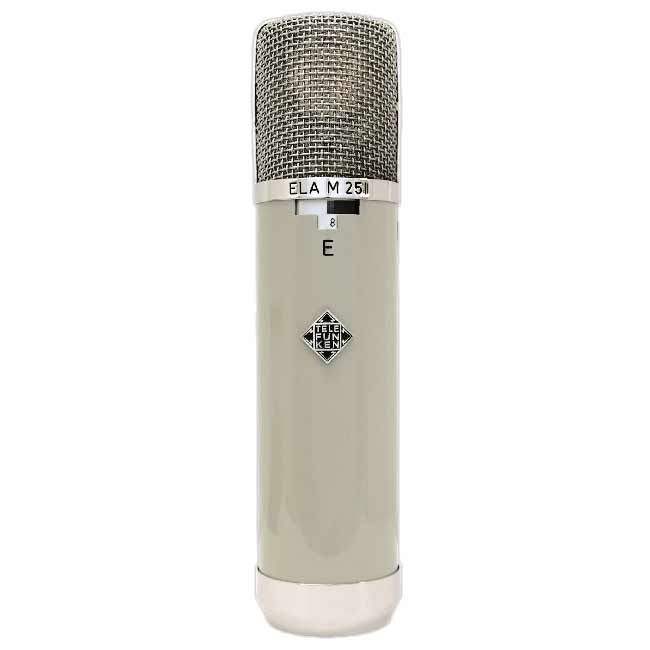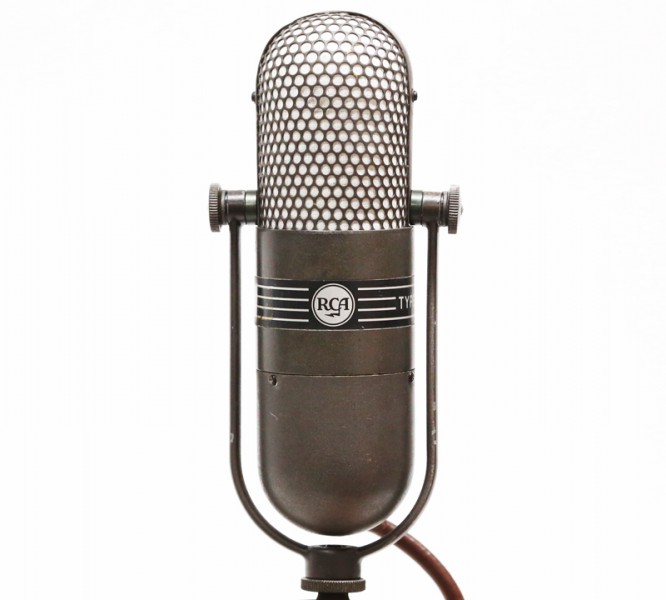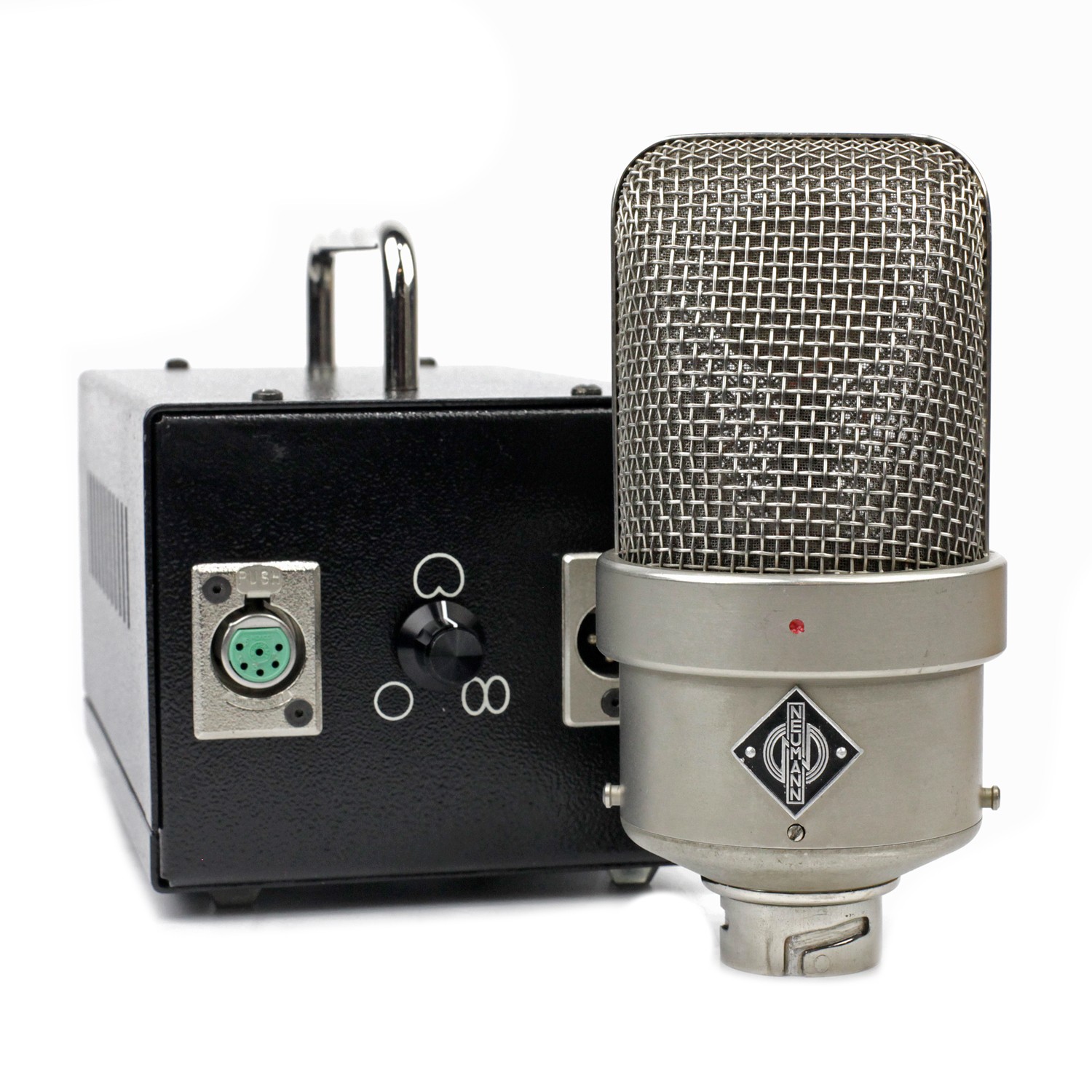For my last quintet album, Dance With The Lady, I made the decision to have everybody together in one room and record straight to tape. The plan was to capture the live sound of the band and to try to eliminate “studio jitters” by recording in a more natural way. I was/am very happy with the performances on that album, but was a little disappointed with the clarity of the piano and drums, which I knew would be the sacrifice going in to recording. This time around, I wanted to be sure to have everybody’s performance captured cleanly, so that I could listen and follow each individual instrument. So for this album I decided that we’d record in a contemporary way and separate the rhythm section and the horns. The advantage being clarity, the risk being comfort for the musicians…having to rely on headphone mixes. Our engineers Stew and Luke did an excellent job of setting up nice balanced mixes and I feel like that day we played just as well as we would have if we were all in the same room together.
Now for some technical stuff…..Over the last few years I have been producing, recording and engineering other artists work as well as my own and have become increasingly interested in how music is recorded. I’ve gone back and listened to my favorite albums from the point of view of an engineer and my ears have opened to a side of the music that I have never noticed before. I have been listening to the work of engineers like Rudy Van Gelder, Jan Erik Kongshaug, James Farber, George Massenburg, Phil Lehle and Tom Dowd in the same way I’ve listened to my favorite musicians Joe Henderson, Frank Strozier and John Coltrane. It has been a wonderful exercise! Anyway, back to this album…. My first decision was whether or not to record to tape. Tape has warmth that cannot be easily captured or simulated by today’s standard digital recording mediums. Tape has it’s drawbacks though….the noise, the expense, the limited time on each reel (16 minutes per reel at 30iPS). Recording to hard disk has it’s advantages too…. clean clear and crisp recordings, no worries about how many tracks can be simultaneously recorded or time limit per track, and it’s cheap and easy to work with. The main drawback of course is it doesn’t have the warmth or character of analog recording mediums…. and with the ease of editing the temptation to monkey with the recording to make everything perfect is really hard to resist…. too much editing can of course destroy the musicality and spontaneity of a recording.
Besides the warmth added by recording to tape, another benefit is it’s natural sounding compression. Compression is used by recording engineers to smooth out overly dynamic performances. In Jazz music the idea is to capture the most natural sounding performance as possible with as little processing of the recorded material as possible. Tape allows engineers to rely less on hardware compressors and takes care of subtle compression as the music is being recorded. So…we decided to combine the old and new methods and did a hybrid style of recording. We recorded THRU the tape directly to hard disk…. in other words the live signal from the mics was sent to the record head of the tape which recorded the music to the tape but was immediately sent via the playback head (which is only a few inches behind the record head) to the digital converters and recorders. So the music only existed on tape in an analog format for a few inches…but those inches are enough to get the benefits of the analog warmth and natural tape compression. This of course meant there was a slight delay as the music was converted and recorded to digital which meant overdubbing and editing would not be possible, but that was ok with me…. relieves the temptation to go and fix every tiny mistake. It also meant I only needed to buy one role of tape…at 250$ a role that’s a good savings. For those interested…the tape machine was a Studer A820 and the tape settings/formula was 30Ips +6Cal with 2db overbias on GP9.
For those of you who are still reading this I will continue my path down recording geek lane and discuss some of the other decisions made. One of the many benefits of recording at a first class studio like Revolution (besides the sound of the beautiful studio itself) is the great amount of microphones and gear to choose from. The first hour or so of the session was spent auditioning different microphones. I tried a Sony C37 (the mic I used for saxophone on Dance with the Lady that was Frank Sinatra’s fav mic apparently), a Neumann U67 and a Neumann M49 (Miles Davis’s fav mic) – the winner was the U67. It had a brightness and crispness I preferred over the other two mics…. it does however have a slight bump at around 10kHz that was most noticeable if I got within a few inches of the mic…. so on some parts of the album when I moved in too close to the mic, my tone gets slightly brighter. We tried an old u87, a M49 and an RCA 77 ribbon mic on Jeremy’s trumpet and went with the RCA 77. We used a Telefunken ELA m 251 on Jon’s bass (only around 20,000$USD for that mic!!!) that worked beautifully. Stew miked the piano with 2 Neumann KM84s for stereo imaging with a u87 in the middle. For the drum overheads we used a pair of super cool dual-capsule condenser mics…Sanken CU-41…. Each capsule in the mic is optimized for different frequency ranges – a small diaphragm condenser for the highs and a large diaphragm for the mids and lows. The result is a super clear and detailed sound. The Snare (Beyer m201), Bass Drum (Neumann FET 47) and Toms (u87) all had close mics, but the majority of the drum sound you hear on the record is from the overheads alone.
All the signals from these mics were sent to the Neve console preamps. We used 1073 preamps for the Sax and Trumpet and 1064s for the rest of the band. Both types of preamp are essentially the same with different EQ points. From here, the drums, and piano where sent to the tape but the Sax, Trumpet and Bass went through some compressors first. We used a UA 175b tube compressor on the sax, and used Teletronix LA2As on both the Bass and Trumpet. As mentioned earlier, compression is used to smooth out overly dynamic performances…. to catch any spikes in volume and to make sure the signal doesn’t clip or distort. We compressed the Sax, Trumpet and Bass to limit any peaks that may have occurred from overzealous playing or moving in too close to the microphones (piano and drums were obviously stationary) we had each compressor working more as a limiter – only processing peaks and never attenuating more than 4db, thus conserving most of the dynamics of the performances. The UA 175B used on the sax is a variable-mu type compressor and the LA2As are optical compressors. Both types of compressors are very natural sounding and are very transparent…The signals from the compressors were then sent to the tape to join the drums and piano where all that good sounding tape warmth and natural compression was added before passing on to the hard drive where the music would live for a few months before mixing.
When it was time to mix this album, all the difficult sound/tone decisions had already been made. It took about as much time to listen to a track as it did to mix it.
There was a bit of EQing here and there…mainly just subtractive EQ (removing certain unwanted frequencies so the instruments blend better) and VERY light bus compression (compression on the entire mix – used to “glue” the band together) an SSL bus compressor was enlisted for this task. It was set with a 2:1 ratio with a 10mS attack speed and auto release. The threshold was set so that it never attenuated more than 3dB…. which is very little, barely noticeable…. and is probably the one decision that was made during this process that I may come to regret in the future…. because there was so little “glue” used, there are certain passages or notes that jump out from time to time…. Jeremy hits a Bb in the head of Narcomedusae that sticks out a bit…. my tenor jumps out on the Lion and Strawberry Qwik. But I think the small amount of compression used really helps the overall sound of the recording in the end…. definitely sounds close to a live performance to my ears.
The one step I have not mentioned is the selection of reverb. I originally wanted this recording to be very very dry…as if we were playing in a small club (like we usually are) During the recording process, we pulled the drapes in the studio to deaden the room and soften the natural reverb of the studio. I also didn’t want reverb to muddy up the performance. I do love Jan Erik Kongshaug’s layered reverb on all those great ECM recordings, but there is a lot going on musically on this record and clarity over character (as mentioned) was my first concern. However, after listening to the mix without reverb and only the ambience of the studio, I finally decided that a little space and dimension was needed and I settled on a small hall sound using an AMS RMX 16 unit (a very popular reverb unit from the 80s, probably most associated with Peter Gabriel’s recordings) In the end I am happy with the dimension added by the RMX 16, it is a digital unit, but sounds very musical and natural but adds a subtle colour and thickness to the tails of the notes.
If you have read all this, then I guess you’re as big of a sound geek as me. I didn’t really get into mic placement in this write up…which is MOST CERTAINLY the most important part of the entire recording process and didn’t talk at all about the Mastering stage. So if you have any questions, please feel free to contact me, I’m always happy to discuss recording and sound. There was nothing we did that was very out of the ordinary for a jazz recording…not sure how many people record to or thru tape anymore though…. but I wanted to write this explanation because when I first started recording I found it difficult to find information about how jazz was recorded. Rudy Van Gelder was infamous for his secrecy (Jeremy has told me a bunch of funny stories about recording with him) and there is not much published about Phil Lehle and my other engineer heroes. I owe most, if not all my recording knowledge to Stew Crookes (who engineered this album) and Andy Pryde. Thanks guys for your guidance!
Johnny


